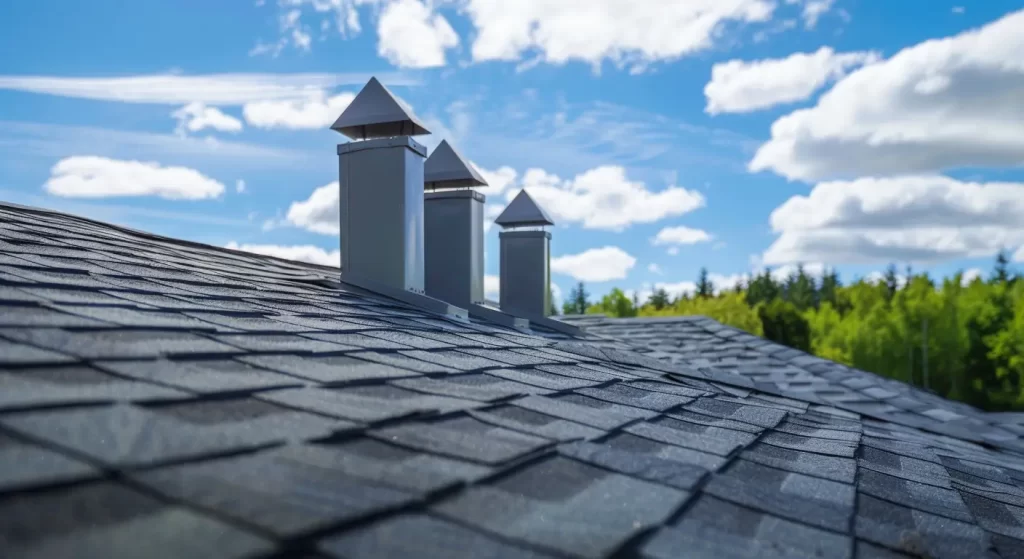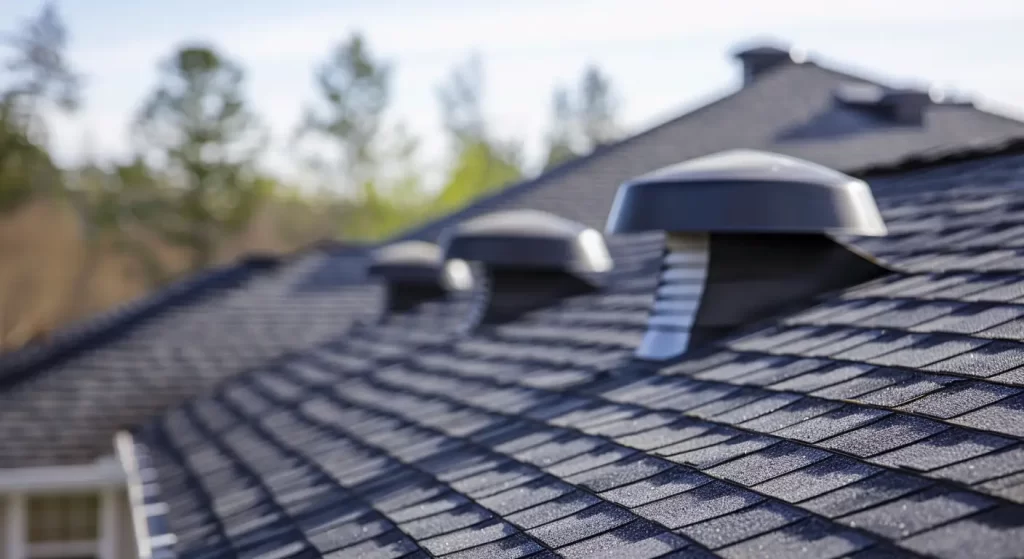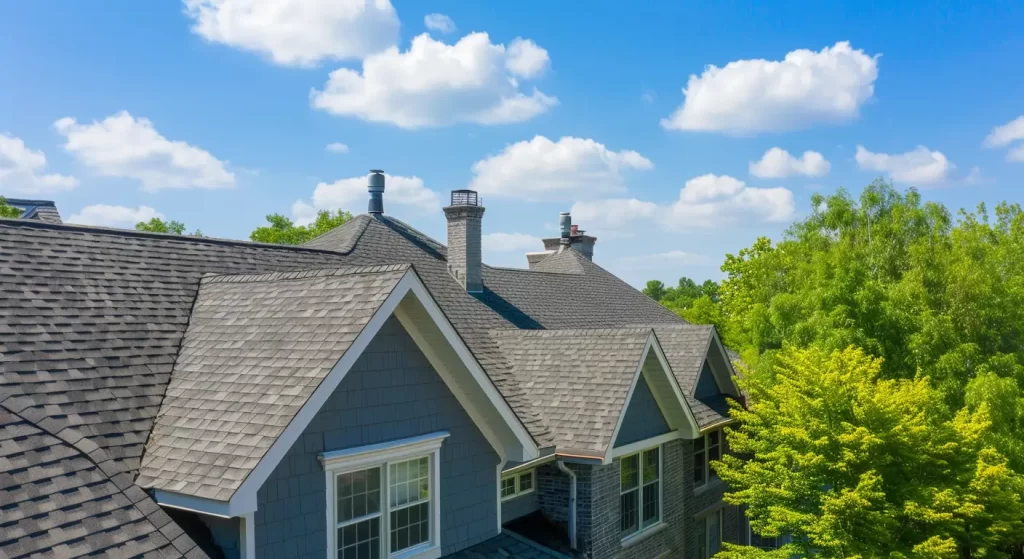Have you ever considered how roof ventilation affects your home’s durability? Proper ventilation is essential for maintaining the integrity of roofing materials while enhancing energy efficiency throughout the year. From regulating attic temperatures during scorching summers to preventing moisture accumulation in colder months, a well-ventilated roof is key to protecting your investment. Shield Roofing—a trusted company with over 25 years of experience in San Antonio, TX—ensures every roof installation and repair meets the highest ventilation standards, extending the life of your roof system.
The Importance of Roof Ventilation for Longevity
Your roof is exposed to fluctuating temperatures and weather conditions throughout the year. Proper ventilation shields your roofing materials from the damaging effects of moisture buildup and heat accumulation, enhancing their longevity. Poor airflow can result in premature aging of your roofing system, leading to costly repairs or replacements over time.
In a well-ventilated system, intake and exhaust vents maintain consistent airflow that balances attic temperatures and controls excess moisture. This not only prevents structural damage but also ensures your roof serves its purpose for years to come.
How Proper Airflow Prevents Moisture and Mold Damage
Improper ventilation leads to moisture buildup, allowing warm, moist air to condense in your attic and promote mold growth. Mold can quickly damage your roof deck, insulation, and home’s structure.
Proper airflow removes excess moisture, preventing damp conditions and protecting your roofing system from water damage and rot.
A dry attic is safer and healthier. Mold releases spores that can cause respiratory issues if unchecked. With Shield Roofing’s ventilation system, you can mitigate these risks, extend your roof’s lifespan, and ensure a healthier home environment.

The Impact of Heat Buildup on Roofing Materials
Excessive summer heat trapped in the attic strains roofing materials, causing shingles to curl or crack, weakening underlayment, and warping the roof deck. This damage significantly reduces your roof’s lifespan.
Proper attic ventilation mitigates this by allowing hot air to escape through exhaust vents while drawing in cooler air via intake vents. This balanced airflow regulates temperature and prevents heat-related damage.
In hot regions like San Antonio, TX, an effective roof ventilation system is crucial. Shield Roofing’s professional solutions ensure your roof endures Texas heat while maintaining durability and efficiency.
Roof Ventilation Systems Used in San Antonio, TX
San Antonio’s unique climate requires customized solutions for proper roof ventilation. Two key systems—intake vents and exhaust vents—promote continuous air circulation to preserve your roofing system. Intake vents, such as soffit vents, bring in cool air, while exhaust systems like ridge vents release warm air.
Shield Roofing delivers expert installations tailored to San Antonio’s hot summers and humid winters. With our 25 years of experience, we provide roofing solutions that balance airflow to protect your attic space and extend the life of your roof.

Ridge, Soffit, and Gable Vents: Key Differences
Understanding the differences between ridge, soffit, and gable vents is crucial for effective roof ventilation. Ridge vents at the roof peak allow hot air to escape, promoting balanced airflow and reducing attic heat and moisture.
Soffit vents under the eaves serve as intake vents, drawing in fresh air for steady circulation. Together with exhaust vents, they help prevent mold growth and structural damage. Gable vents on exterior walls provide airflow but are less effective than ridge and soffit systems. Choosing the right combination enhances energy efficiency and extends your roofing system’s lifespan.
Choosing the Right Ventilation System
Choosing the right ventilation system for Texas’ climate is crucial for attic ventilation and roof durability. Hot summers and cold winters require balanced airflow to prevent heat buildup that can damage roofs. Using ridge, soffit, and gable vents ensures consistent airflow, reduces moisture accumulation, and minimizes mold growth.
In Texas, addressing ventilation issues and installing adequate exhaust and intake vents are key for energy efficiency. A well-designed roof ventilation system, suited to local weather patterns, can extend your roof’s lifespan while lowering energy costs and repair risks.

Contact Us
Proper roof ventilation is crucial for extending your roofing system’s lifespan. It prevents moisture buildup, protecting against mold and structural damage. Choose a ventilation system tailored to the Texas climate for better durability and performance. As an Owens Corning preferred contractor and GAF certified, Shield Roofing boasts a BBB A+ rating and recognition from CTRCA and Directorii. With over 25 years of experience, we partner with top brands like Owens Corning and GAF to ensure your roof is built tough. Ready to protect your investment? Contact us today!
Read our blog: Filing Roof Insurance Claims: A Step‑By‑Step Homeowner’s Guide
Frequently Asked Questions
Will better ventilation lower my energy bills?
Yes, proper ventilation reduces excessive heat and moisture, easing the workload on your HVAC system. With improved energy efficiency, you’ll experience lower energy bills as your air conditioner runs less intensely, saving on energy costs over time.
How effective is roof ventilation?
Roof ventilation is highly effective in maintaining a roofing system’s longevity and ensuring consistent airflow in your attic. Removing warm air and moisture buildup minimizes energy consumption and protects roofing materials from premature deterioration, ensuring a fresh, safe environment.
